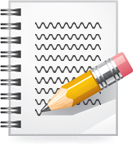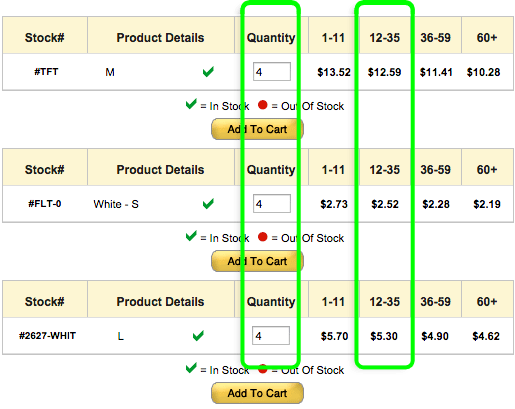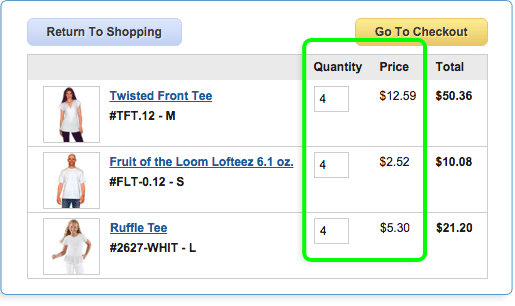Question:
What is the difference between Dye-Na-Flow, Textile Colors, and Lumiere & Neopaque?
Answer:
All three are waterbased acrylic paints and they all work together very well on all natural fabrics and most synthetics. However, each one has its own unique characteristics:
Dye-Na-Flow is a very thin and fluid textile paint that has the consistency of water. It can be used for water color like washes and silk painting techniques including Serti. It can also be sprayed on and used for non-toxic and Faux Tie Dye or Batik techniques.
Textile Colors are medium bodied semi-opaque paints ideal for fabric painting with a brush detailed designs, can also be used for stenciling, block printing and many other techniques.
Question:
Can I mix Jacquard Textile Colors with Dye-Na-Flow and Lumiere & Neopaque?
Answer:
Absolutely, all are acrylic paints and they work very well together. Keep in mind that the consistencies of each paint are different, so your resulting colors may be thicker or thinner.
Question:
How do I use Jacquard Textile Colors for stamping?
Answer:
You can use it straight from the bottle. Try applying it to the stamp with a sponge brush or make up sponge, or a brayer. Better for block like stamps. Must be thinned to use with finer detailed rubber stamps.
Question:
Can I thin the Jacquard Textile Colors for airbrushing?
Answer:
Absolutely. It can be diluted with water by up to 25% to pass through an airbrush.
Question:
I've followed all the directions for heat setting, but my paints are washing off. What did I do wrong?
Answer:
Make sure that you are using a dry iron at the correct temperature setting for the fabric. If you don't heat set at a high enough temperature for a long enough time, the paint may not be thoroughly set. Sometimes if you are using a top loading washing machine, it can abrade the paint from the fabric. Pre-washing fabrics before doing any surface treatments to remove any factory sizings may also help. Don't paint more layers of paint on top of each other, because paint has more trouble sticking to a slick already painted surface than the fabric surface.
Question:
Are Dynaflow, Jacquard Textile Colors, and Lumiere/Neopaque dry cleanable?
Answer:
Yes. Once properly heat set, these paints are dry cleanable.
Question:
When do I use the Colorless Extender?
Answer:
Colorless Extender is the medium-bodied clear acrylic base for the Textile Colors. Mix it into any other Textile Color to create more transparency without changing the consistency of the paint.
Question:
What are the ways to heat-set textile paints?
Answer:
Heat setting is necessary with most Fabric Paints to lock the color into the fibers so it's washable. (Paint must be thoroughly dry!) There are a few different methods.
Ironing is a major home option. Preheat the iron at the maximum temperature safe for the fabric. Most paints say to iron each spot for 2-3 minutes. Using Aluminum foil can cut back on this time. Place aluminum foil on the ironing board with the shiny side up. Put the fabric over that with the painted face down. Place another sheet of foil on top, shiny side down. Each square foot must be pressed for 15-25 seconds keeping the iron moving so as to not scorch the fabric. (Irons are not created exal! Inexpensive light weight irons sometimes don't get hot enough).
A commercial dryer that reaches 250° minimum can be used for 30-45 minutes depending on the fabric and fabric paint used. The dryer must be preheated and please note that home clothing dryers usually don't get hot enough.
Another method is using a commercial conveyor type oven: 350° for 3 minutes, 2 passes if necessary. A home oven can be safely used (except for accessories that have plastic inserts!), 250° for 25 min. Coil the fabric in a loose roll and lay it on some paper, not allowing the fabric to touch the side or rack of the oven. All temperatures and amounts of times are dependent on the fabric, fabric paint, amount of coverage and equipment used. TEST!
To eliminate heat setting, try Versatex's No Heat Fixative! Works with most brands of fabric paints. If you do a lot of fabric painting, this could change your life!












